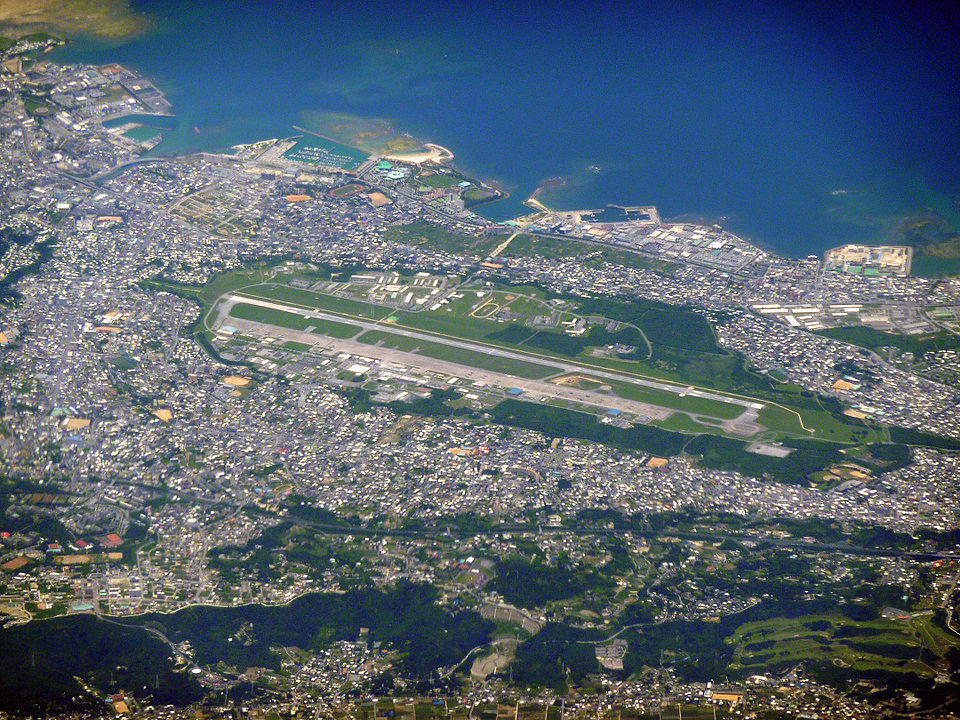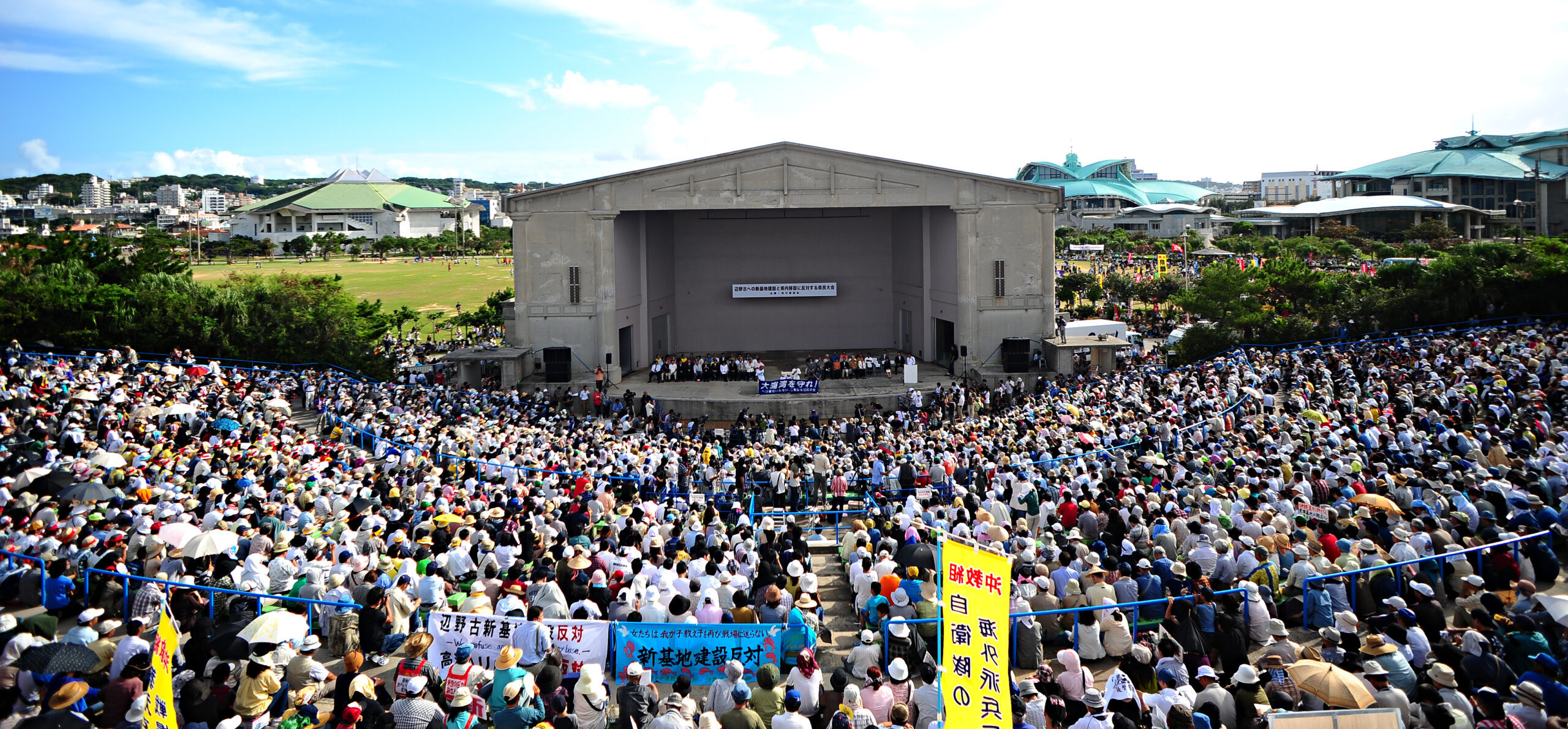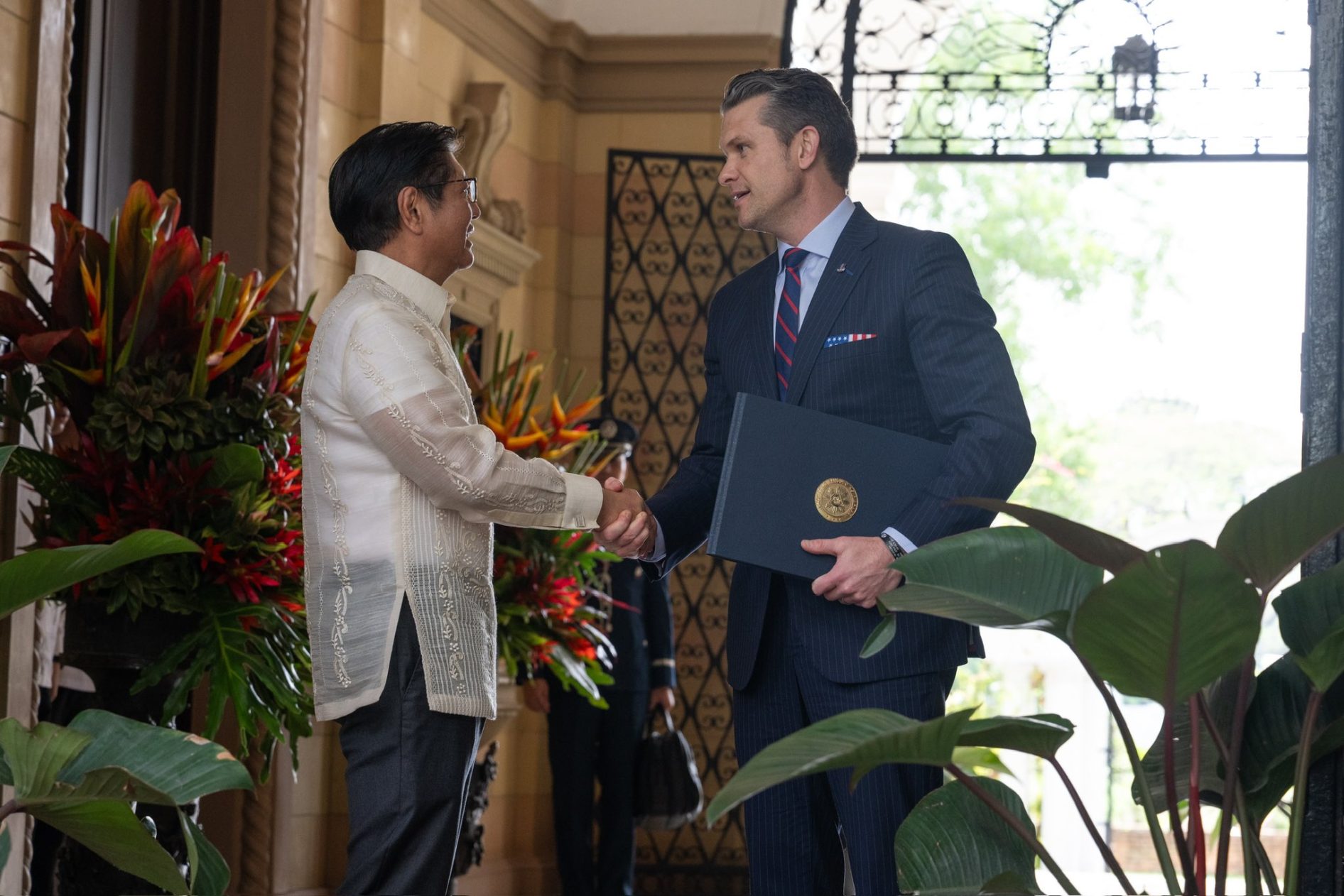The Kyodo News reported that Guam Governor Lou Leon Guerrero has said about 100 US Marines will move to Guam from Japan’s Okinawa in December as the first of a long-agreed bilateral plan. Some Marines have already moved to the US island territory in the Pacific.
Under the plan, 4,000 of the approximately 19,000 US Marine Corps personnel stationed in Okinawa will be relocated. The project is set to be completed by 2028. Leon Guerrero said a more pronounced US military presence would economically benefit local businesses and protect Guam if a conflict erupted over Taiwan.
The US also plans to move 5,000 more Marines to Hawaii and the US mainland, reducing the number stationed in Okinawa to around 10,000.
The US and Japanese government and media explained that the transfer will ease the base-hosting burden for the island prefecture in southern Japan.
A 2006 ‘Roadmap’ agreement links two issues as realignment on Okinawa: relocation of the Marine Corps Air Station Futenma to a replacement facility and the 3rd Marine Expeditionary Force (MEF) relocation from Okinawa to Guam. Both governments insist that it is necessary to recognize the strong desire of Okinawa residents. However, these two issues are utterly separate problems.
The origin of the relocation of the Futenma is a case that 3 US servicemen kidnapped a 12-year-old girl and raped her in Okinawa in 1995. Though it was clear that the US military personnel had committed the crime, it did not turn over the suspects because the Status of Forces Agreement Article 17 paragraph 5 (c) prescribes that “The custody of an accused member of the United States armed forces or the civilian component over whom Japan is to exercise jurisdiction shall, if he is in the hands of the United States, remain with the United States until he charged by Japan”. So, the Okinawa Prefectural Police could not arrest or question them.
The case and the US military’s attitude caused Okinawans’ anger to explode. 85,000 people staged a protest, and Washington and Tokyo could not ignore them. In the same year, both governments established the Special Action Committee on Okinawa (SACO) and launched the process to reduce the burden on the people of Okinawa.
They published the interim report the following year and agreed that the US would return land occupied by eleven military installations, including the Air Station Futenma which runs directly through a dense urban area. However, the agreement required seven installations to be kept inside Okinawa prefecture. In 1999, Henoko in Okinawa was chosen as the relocation site of the Futenma. Okinawan people have opposed building a new base. The Air Station Futenma is said to be the most dangerous base in the world, but Okinawa’s burden will not be relieved if the base remains in Okinawa.

No relief, not yet
The 2009 US-Japan agreement based on the 2006 Roadmap states that “the 3rd MEF relocation from Okinawa to Guam is dependent on […] tangible progress toward completion of the Futenma Replacement Facility”.
However, in 2013, Washington and Tokyo signed a protocol that decided to delink the relocation to Guam from progress on the Futenma Replacement Facility because the US 2012 National Defense Authorization Act (NDAA) froze funds for relocation to Guam due to a lack of progress on the Futenma relocation and a lack of a comprehensive realignment plan for the US forces. The 2015 NDAA lifted the freeze on the funds.
By the time that freeze was lifted, it’s clear that many more rapes or other violent acts against women had taken place, many, perhaps more than 100 of them overshadowed by the 1995 or 2016 incident.
To complicate matters for the military, improvements in Chinese missile capabilities meant that the US could not wait for progress towards completion of the Futenma Replacement Facility, and so hurried the relocation of the 3rd MEF to Guam.
The 2011 Security Consultative Committee Document states that the US military relocates the 3rd MEF “to realize a geographically dispersed, operationally resilient, and politically sustainable posture in the Western Pacific”. On February 9th, 2012, The Nikkei reported that a senior Pentagon official said, “If the U.S. military is left concentrated in Okinawa, which is near Chinese missile bases, it receives severe damage by one strike in a crisis”.
Also, Lieutenant Colonel Grant Georgulis, at Tinker Air Force Base in Oklahoma, published an article titled: ‘Winning in the Indo-Pacific Despite the Tyranny of Distance: The Necessity of an Entangled Diarchy of Air and Sea Power‘. He described the First Island Chain, including Okinawa, Taiwan, and the Philippines, as “neither a survivable nor viable operating location due to Chinese military capabilities in long-range bombers, cruise missiles, and theater ballistic missiles”.
According to a report by the former Air Force project-turned think tank, the RAND Corporation, Chinese missile numbers, ranges, and accuracy have improved dramatically. As of 2010, the report estimated that China had hundreds of missiles that could reach Japan. However, as of 2017, China had thousands of missiles that could strike Japan and hundreds of missiles that could reach Guam. Thus, US researchers and Congress members now warn that the bases in the Pacific are vulnerable to missile strikes and insist that the defense of Guam, the hub of American military efforts in the Pacific, must be a priority today.
The US wanted to link the relocation of the Futenma and the 3rd MEF to Guam to make Japan bear the cost of building new military installations in Guam.
The 2006 Roadmap reads, “Japan will provide $6.09 billion (in US Fiscal Year 2008 dollars), including $2.8 billion in direct cash contributions, to develop facilities and infrastructure on Guam to enable the 3rd MEF relocation”. The 2009 US-Japan agreement Article 2 states that Washington “shall take necessary measures for the Relocation, including funding for projects of the Government of the United States of America to develop facilities and infrastructure on Guam subject to paragraph 2. of Article 9 of this Agreement.” and paragraph 2 of Article 9 reads US measures “shall be subject to […] Japan’s financial contributions as stipulated in the Roadmap”.
Although the US changed the relocation plan in 2012 to disperse its military more to avert Chinese missiles, Japan announced it would pay $3.1 billion. The Japanese are paying taxes to build US military installations in US territory. WaL
We Humbly Ask For Your Support—Follow the link here to see all the ways, monetary and non-monetary.
PICTURED ABOVE: Japanese people protesting against the US Marine Corps base Futenma in Ginowan on 2009. PC: Nathan Keirn. CC 2.0. BY SA.



